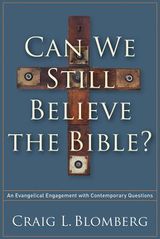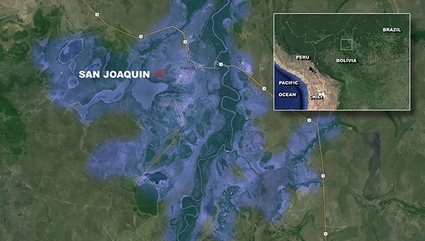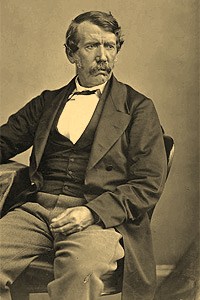
We are especially pleased, this week, to carry an extract from the fine new book God’s Love Letter: Reflections on 1 John by Will Vaus. The short extract is on the Apostle John's message to the early Church regarding forgiveness, knowledge and strength. You can read the extract here and the book is available on the author's website.







 RSS Feed
RSS Feed
